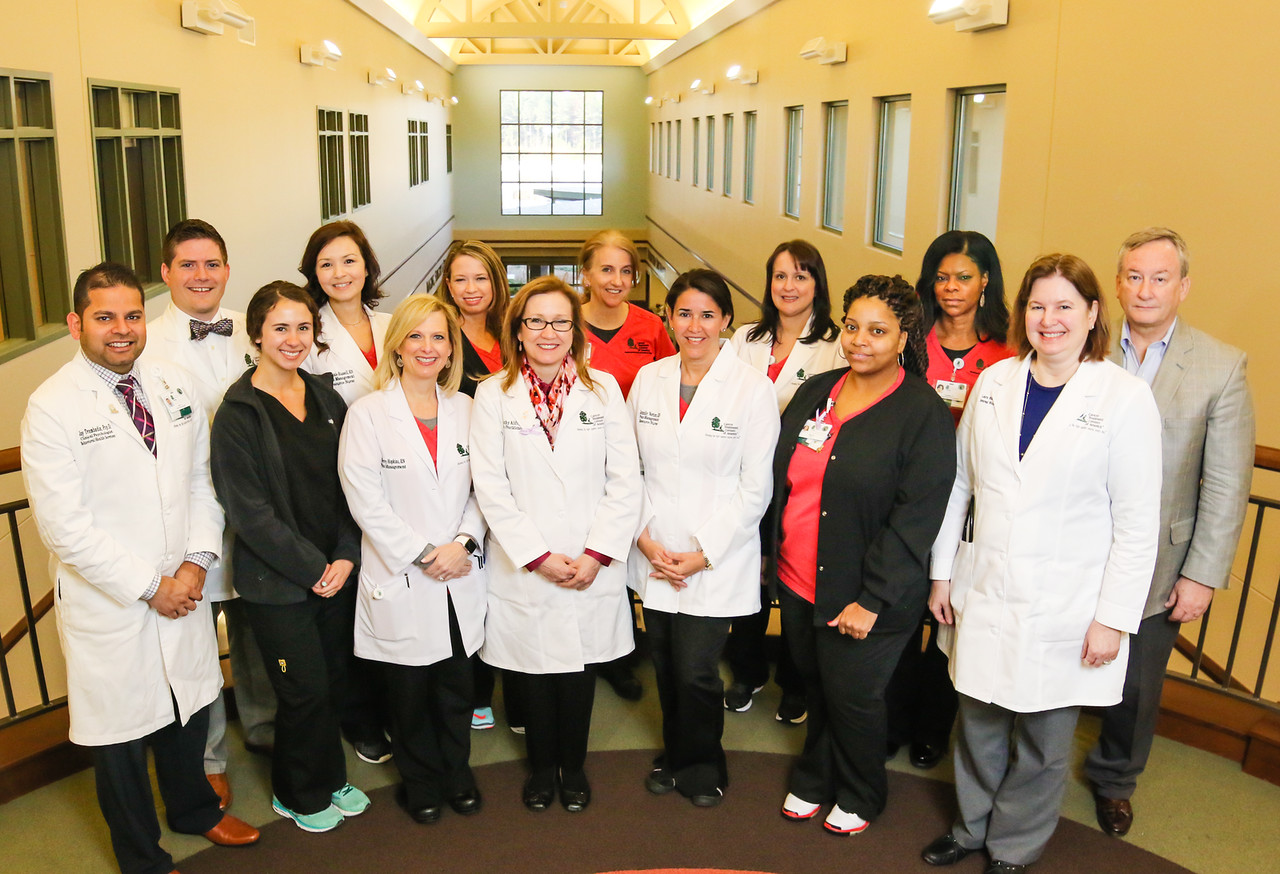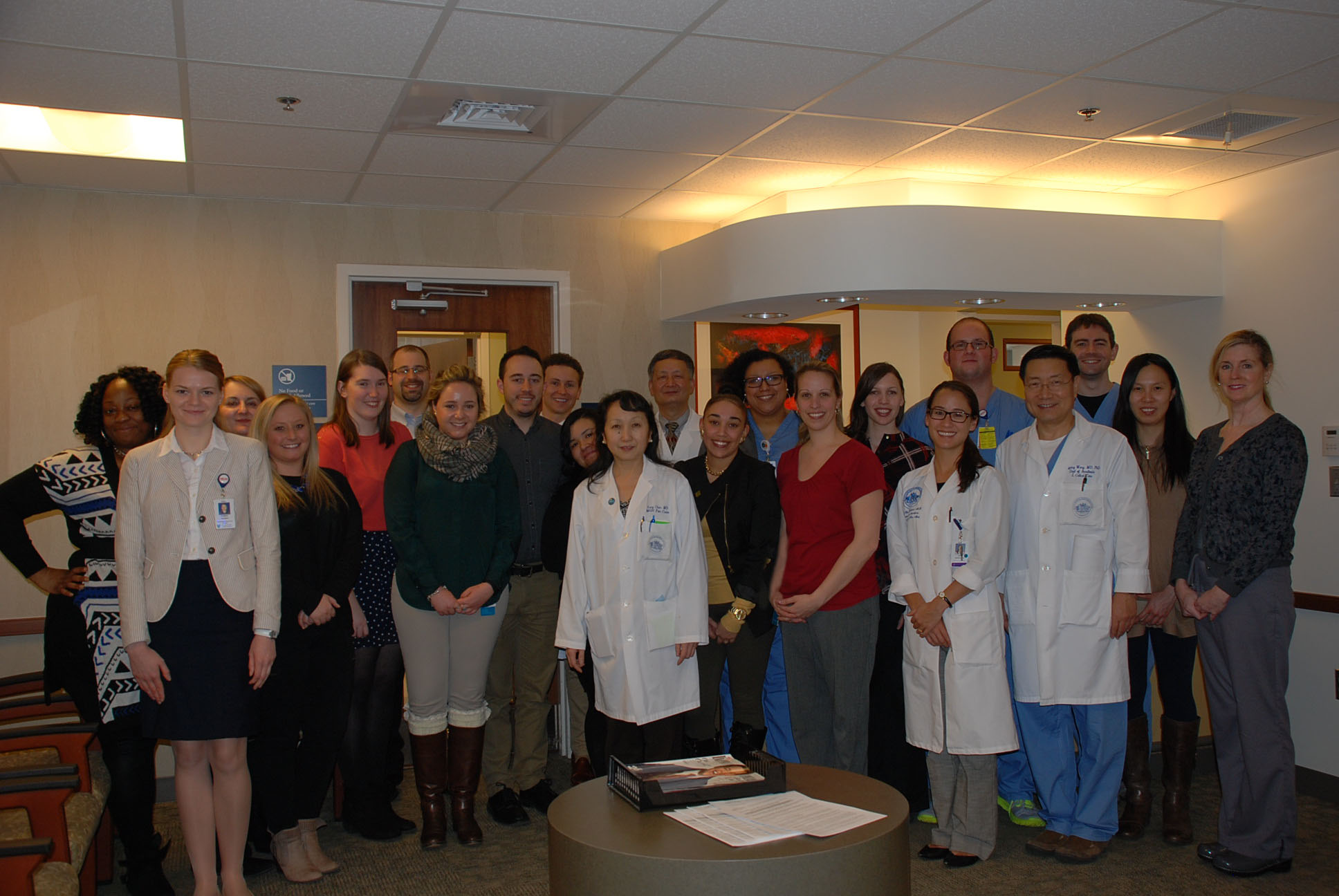2016 CCOE Award Recipients
Community-Based Program
Cancer Treatment Centers of America® Southeastern Regional Medical Center
Atlanta, GA

At Cancer Treatment Centers of America® (CTCA), our pain management program is designed on reducing pain and improving quality of life through an integrative approach to cancer care. Our multidisciplinary pain team employs a variety of modalities to treat and control pain, including: medications, implanted pain pumps, nerve block therapies, physical therapy, acupuncture, massage therapy and chiropractic treatment. The pain management program at CTCA® is fully integrated into patient’s treatment plans, meaning that our pain management specialists work closely with the patient’s oncology team in order to effectively manage their pain through a personalized treatment approach.
The cancer patients that we serve at CTCA require a vast array of pain and supportive care services. Our services range greatly based on patient individualized need – based on cancer type, location, prior pain history, psychological distress and social situation. We prioritize continuity of care for our cancer patients, paying special attention to transition of care from inpatient to outpatient pain management. Through our pain program, we are able to provide care from intake, preoperative, inpatient, outpatient and urgent care, ultimately providing our patients 24/7 care.
With expertise in anesthesiology, palliative care, physical medicine and rehabilitation, pain medicine, psychiatry, neurosurgery, pain psychology and social workers, we are able to offer patients access to a multidisciplinary pain program across the continuum of care. Through integration with other core members of the oncology care team, we assure that appropriate diagnostic and therapeutic pain treatments are available to our cancer patients.
University-Based Program
Division of Pain Medicine at Massachusetts General Hospital (MGH)
Boston, MA

The Division of Pain Medicine at Massachusetts General Hospital (MGH) is a multidisciplinary academic pain management facility with strong clinical, education and research activities. The Division is composed of an interdisciplinary group of clinicians with primary training in anesthesiology, neurology, physiatry, psychology, psychiatry, addiction medicine, and palliative care, as well as, a supporting team of nurses, medical assistants, radiology technicians, and administrative staff. The clinical staff collaborates with healthcare providers from many disciplines to provide comprehensive outpatient and inpatient care to both adults and children with acute, chronic, and end-of-life pain. The clinical staff utilizes an evidence-based approach in conjunction with advanced techniques to help patients achieve the best possible pain control and return of function. Approaches include comprehensive interventional spine services, medication management, physical therapy, acupuncture, opioid therapy screening, and cognitive behavioral therapy. The Division has launched a Pain Management Telemedicine service, an eConsultation service with rapid, electronic consultative support, and Preoperative Pain Management Consultations for opioid dependent patients. The Division provides an exceptionally comprehensive educational experience for seven ACGME-accredited pain fellows and for two regional/acute pain fellows per year. The Division also provides training to a large group of anesthesia residents, medical students, and international visiting scholars. The staff members provide leadership roles in ABA Pain Medicine Committee and serve as question-writers for ABA pain medicine subspecialty examination, NIH study section members, editorial board members, reviewers for over 40 professional journals, speakers and organizers of international, national, and regional pain and healthcare meetings. The Division has highly active basic science, clinical, and translational pain research programs, and has received 18 NIH grants (13 R01; 2 R21; 2 K08; 1 P20) and 12 industry/foundation grants. Over the past five years, the Division has published over 160 peer-reviewed journal articles, five books, and numerous book chapters and meeting abstracts.
